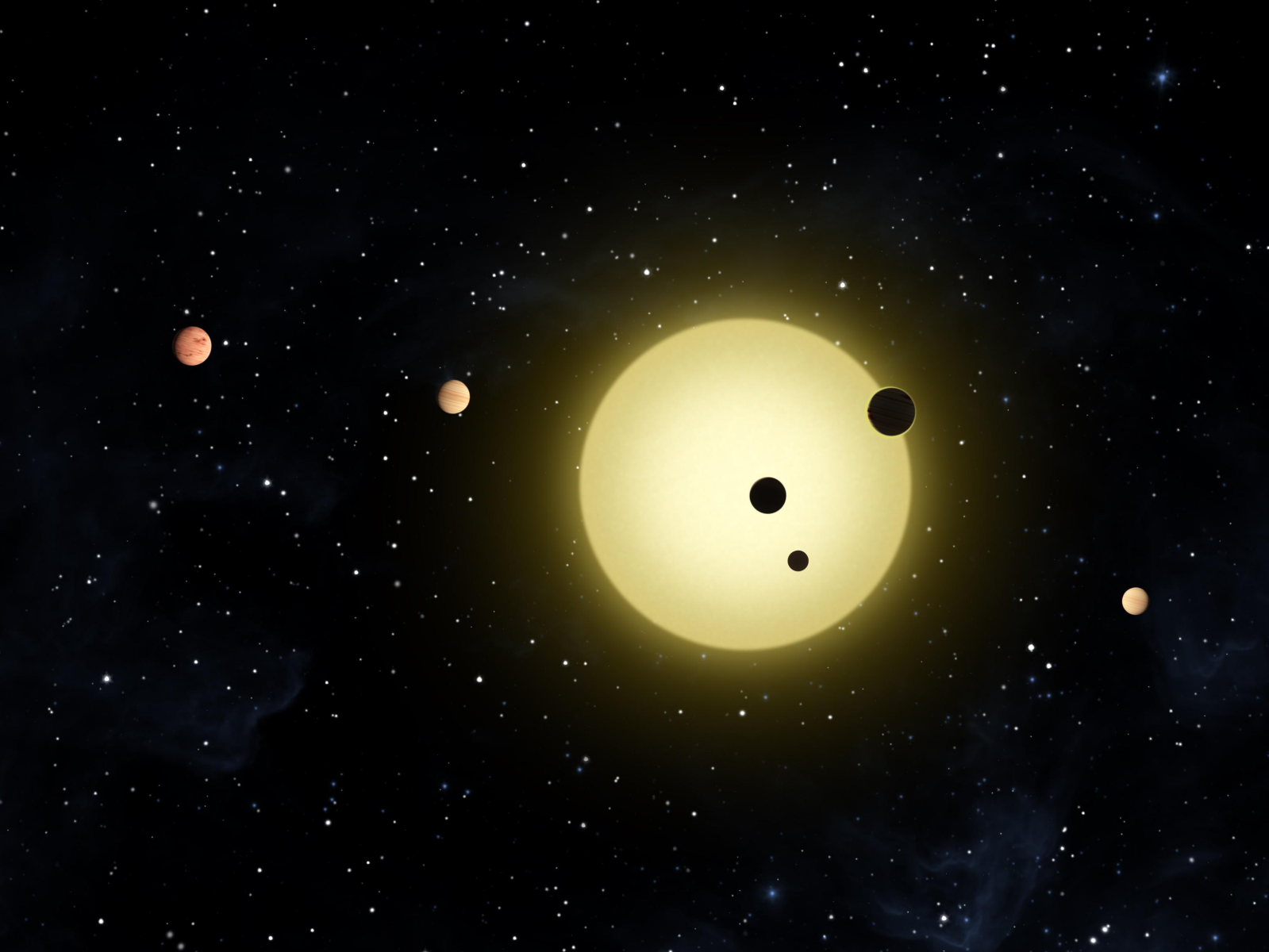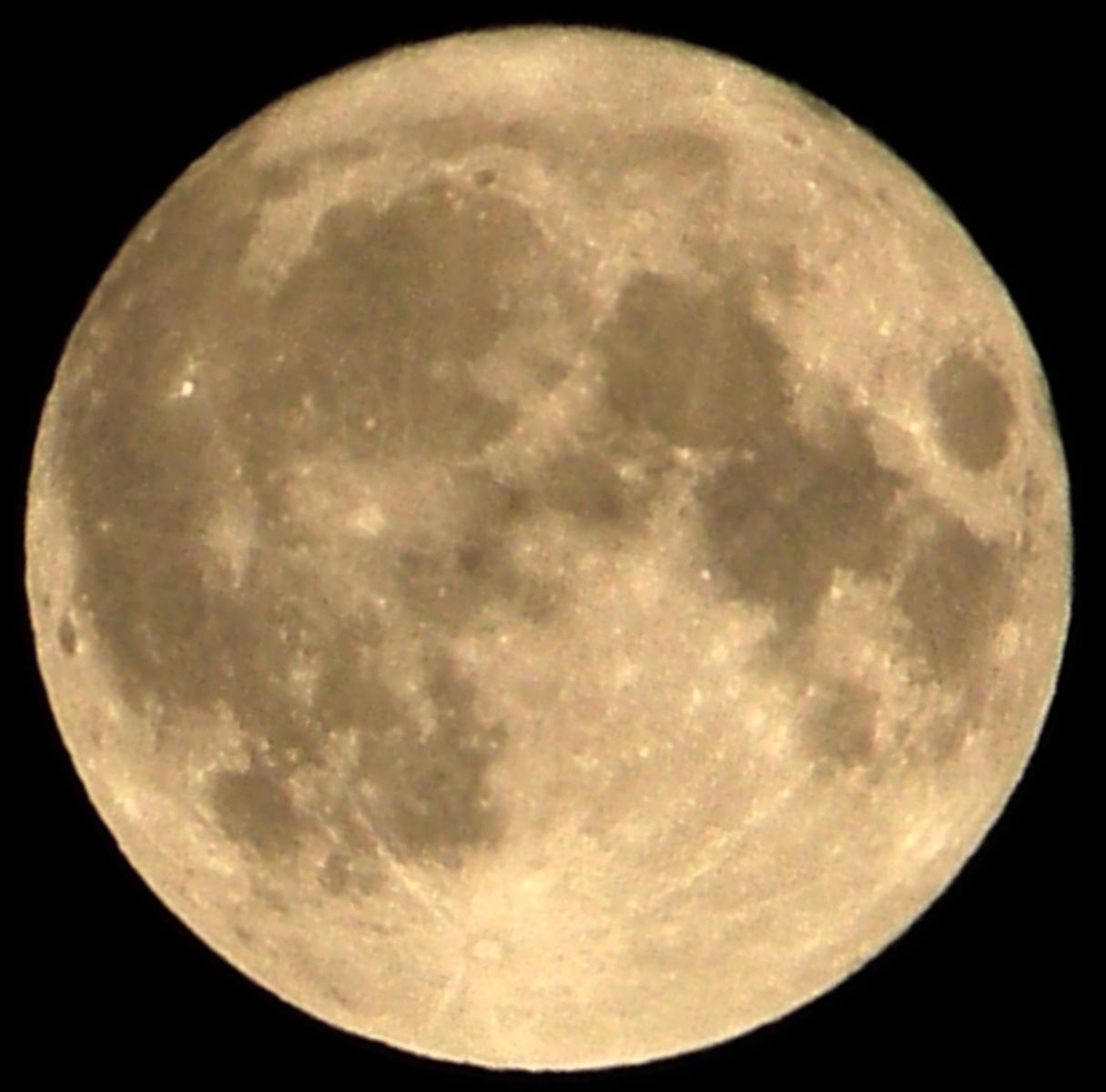The skies never stop amazing us with numerous, fascinating, and often rare astronomical phenomena. In certain conditions, some of these astronomical events can be observed by the naked eye without the use of binoculars or telescopes. The predicted date and time of different celestial phenomena, such as meteor showers, eclipses, and other interesting events, are listed in an astronomy calendar to be tracked by skywatchers and astronomy amateurs.
Planetary Transits
A planetary transit occurs when a planet travels across the Sun; it may be considered a special kind of eclipse. Only inner planets—Mercury and Venus—transit across the Sun and can be seen from Earth because they are the only planets that lie between the Earth and Sun. During the transit, the planets can be seen from Earth as a small black disk moving in front of the Sun.
Venus transits occur rarely because the planet’s orbit is tilted just over three degrees from the plane of the solar system, which means that most of the time Venus passes above or below the Sun’s disk. The transit takes place when Venus reaches a point in its orbit where it is directly between the Earth and the Sun. Venus transits occur in patterns, four times every 243 years; each pair of transits occurs 8 years apart separated from the next pair by a long gap of 105.5 years or 121.5 years.

Since the invention of the telescopes 400 years ago, only seven transits have been observed. The first recorded transit of Venus was in 1639 by Jeremiah Horrocks; the first to predict Venus transit was Johannes Kepler in 1627. The last pair of transits occurred on 8 June 2004, and 5 and 6 June 2012, marking the last Venus transit of the 21st century. The next transits will take place on 10 and 11 December 2117, and on 8 December 2125. The 2012 transit lasted for about 6 hours and 40 minutes, and was visible across North America, Europe, Asia, and eastern Africa; while the rest of the world witnessed it the next day.
Despite the rare occurrence of Venus transits, they were used to collect information about the solar system, to calculate the estimate size of the Sun, and to study Venus’ atmosphere. The latest transit provided astronomers with some research opportunities to refine the techniques used in the search of exoplanets.
On the other hand, Mercury’s orbit is inclined about 7 degrees compared to that of Earth; so Mercury, Earth, and the Sun also line up rarely. The transit of Mercury happens more frequently than Venus transits though—about thirteen times a century—because Mercury is closer to the Sun, and thus, orbits more rapidly.
Mercury transits usually occur in May and November; the last transit occurred on 8 May 2016, while the next one will occur on 11 November 2019. Mercury’s transit across the Sun in around seven-and-a-half hours; this rare transit is usually visible in most of the countries except for those who happen to be at night when the transit occurs.
Rare Lunar Events
“Once in a blue moon” is an expression usually used to say that something does not happen very often. What is a blue moon?
There are two definitions of this infrequent phenomenon. The first is that it is the third full moon in an astronomical season with four full moons; the second states that it is the second full moon in a calendar month. This event is monitored closely by astronomers and researchers because it is an odd occurrence in the standard lunar calendar. The Farmer’s Almanac* called this extra full moon a “Blue Moon”, but the term is confusing as it does not necessarily mean that the moon will turn blue.
However, it is possible to see the moon blue in color when the atmosphere is full of particles that may give it color. In 1883, a volcano in Indonesia exploded; the whole atmosphere filled with dense ash, and the full moon turned blue. The last Blue Moon was witnessed on 21 May 2016, and the next Blue Moon to occur on 31 January 2018.

Another lunar event is the supermoon, which is a full moon that coincides with perigee—the Moon’s closest point to Earth in its monthly orbit. During this period, the super full moon looks about 7% bigger and 16% brighter than an average full Moon. On 14 November 2016, a supermoon occurred, and it was the closest to Earth since 26 January 1948; the moon was only 356,509 km far from Earth. The Moon will not come this close to Earth again until November 2034.
Glossary
*The Farmer’s Almanac is a reference book that contains weather forecasts, tide tables, planting charts, and astronomical data.
References
universetoday.com
eclipse.gsfc.nasa.gov
news.nationalgeographic.com
This article was first published in print in SCIplanet, Winter 2017 issue.